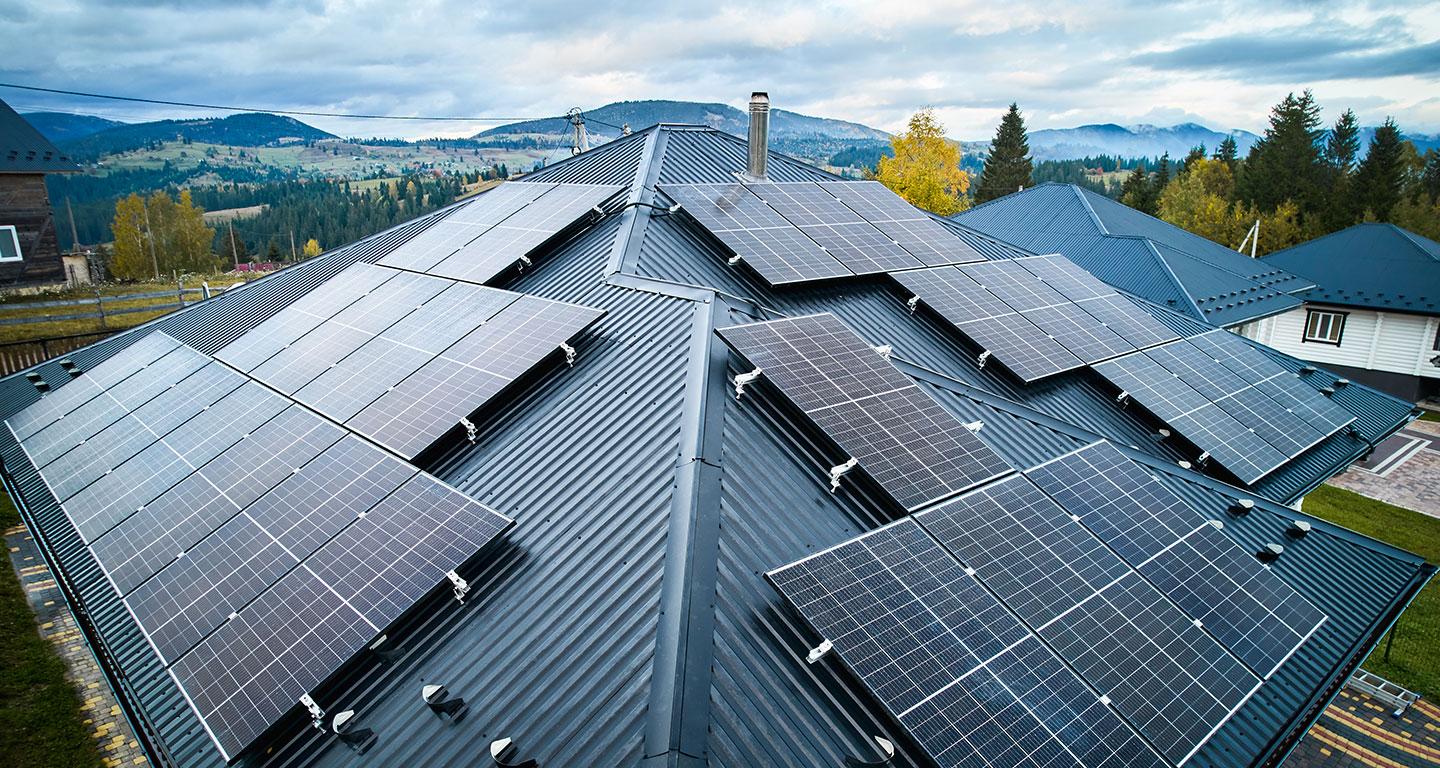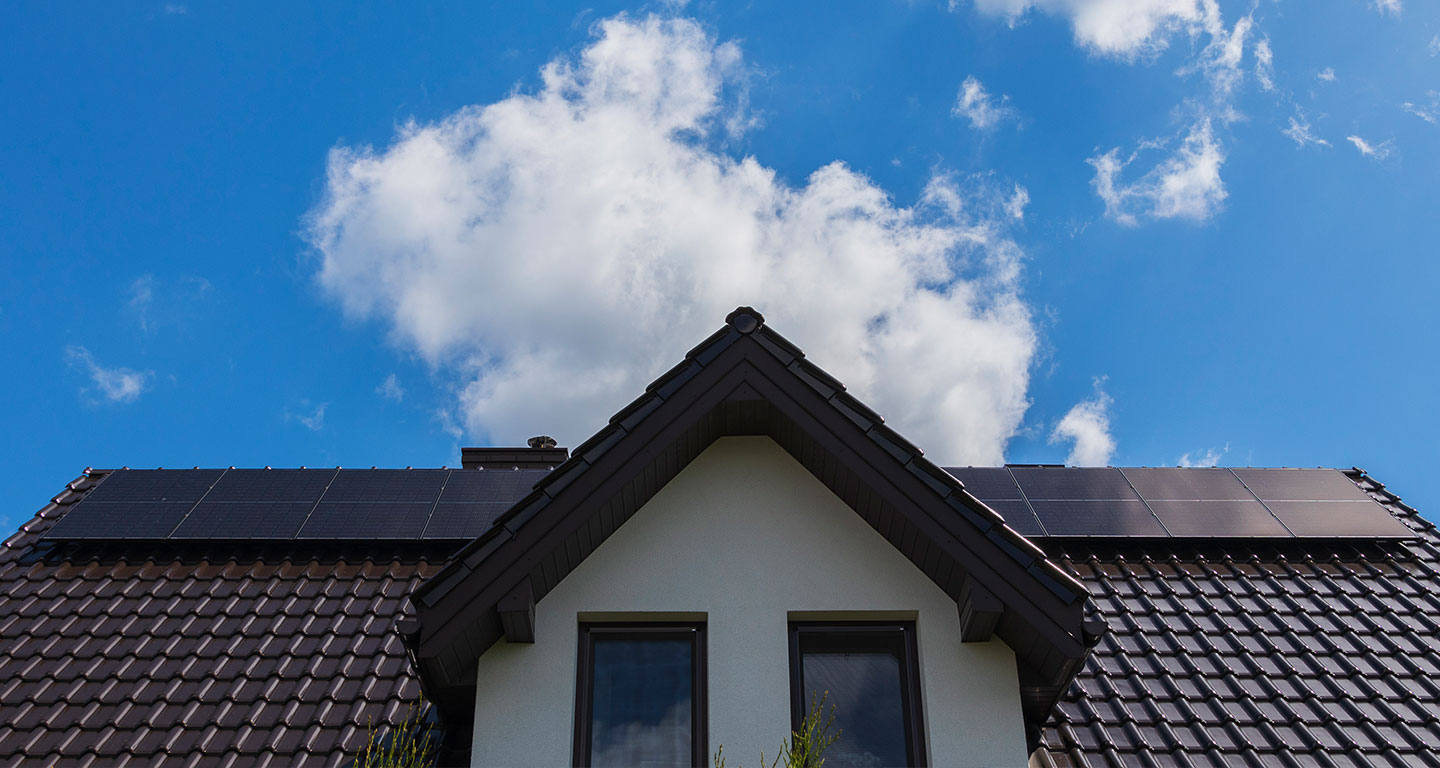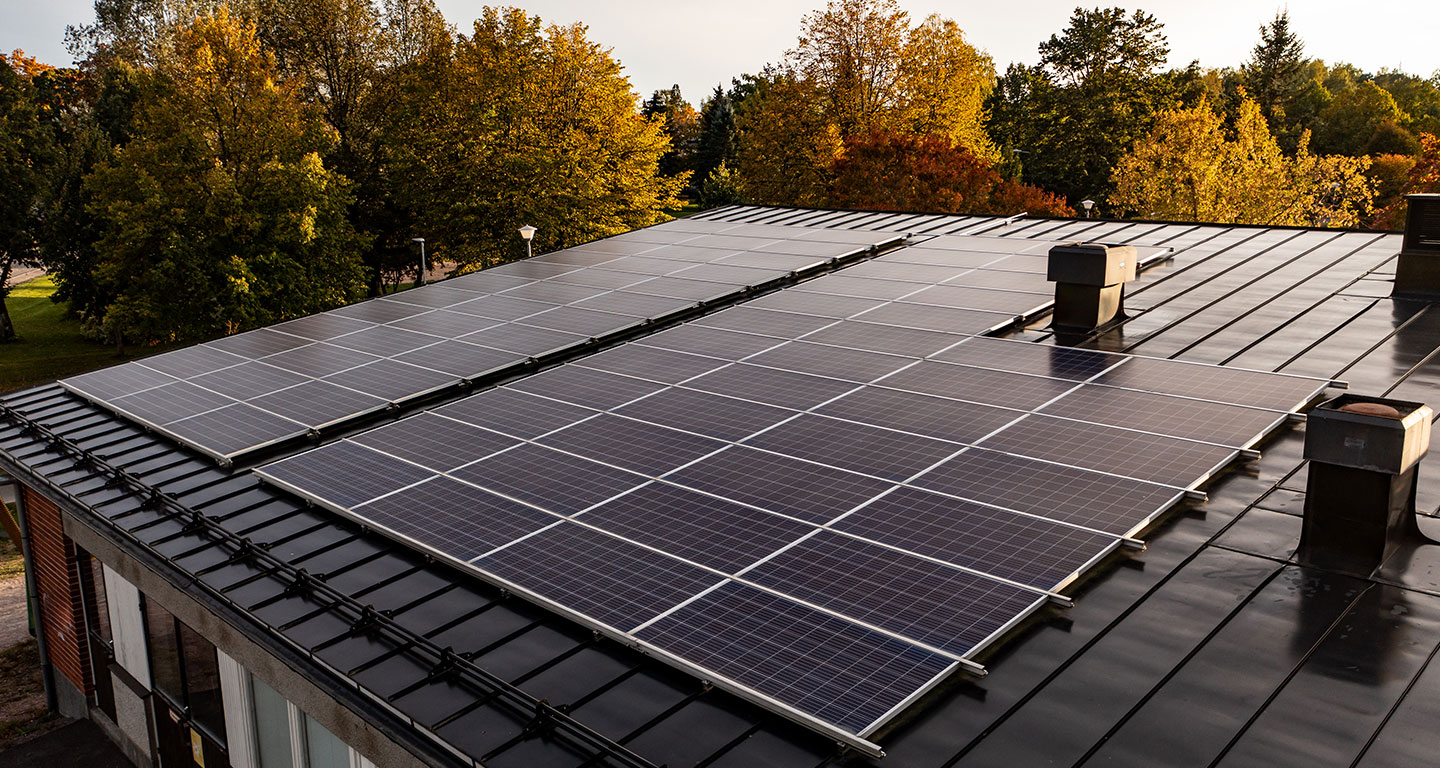
Roof + solar bundles are more than just convenient, they’re the smartest way to maximize your home investment while avoiding unnecessary costs and headaches down the line. Bundling these projects can also help homeowners save money on installation and long-term maintenance. By handling both projects together, you ensure your solar system is installed on a roof built to last, backed by a single trusted team from start to finish. This process also helps determine if your home and roof are suitable for solar installation, taking into account factors like roof condition and your specific energy needs.
We’re proud to be a veteran-owned business built on integrity, discipline, and service
Every install meets local code requirements and is completed by licensed professionals
Get started with no upfront costs through flexible $0-down financing options

IronHead Solar is proud to serve communities throughout Oregon’s Willamette Valley. Hundreds of thousands of homeowners across the U.S. have already adopted solar panels, demonstrating the growing trust in solar energy solutions. By focusing locally, we’re able to deliver high-quality rooftop solar and roof + solar bundles with the attention, craftsmanship, and accountability our neighbors deserve. Our services are ideal for any residential property, from city homes to rural dwellings. From city centers to rural properties, our team is committed to helping homeowners unlock energy savings and protect their homes for the long haul.



We work with a licensed electrician and ensure every project is fully permitted and complies with all local building and electrical codes. We’re also applying to become an Energy Trust of Oregon Trade Ally with plans for future NABCEP (North American Board of Certified Energy Practitioners) certification. We only take on commercial/off-grid installs through in-house connections at this time.
The average upfront cost for solar panel installation in Oregon typically ranges from $12,000 to $20,000 after federal and state incentives, helping to offset the initial investment. The total amount you pay depends on your system size, energy needs, and chosen payment method. Homeowners should review their utility account page to check annual electricity usage and determine how much power their solar system should generate. Factors like system size, roof condition, and whether you bundle roofing with solar can affect the total price. At IronHead Solar, we offer $0-down financing and help you estimate the real cost for your home in Corvallis, Eugene, or Albany.
While Oregon doesn’t offer completely “free” solar programs, homeowners can benefit from a combination of tax credits, local rebates, and local incentives that can significantly reduce your upfront costs. Combined with federal tax credits (ITC), homeowners in the Willamette Valley can often cover 30–50% of the cost. Net metering policies also allow you to earn credits for excess electricity sent back to the grid, further increasing your savings. We’ll guide you through available programs during your consultation.
The “20% rule” generally refers to solar system efficiency or how much of your roof space can be covered. Roof type and orientation are important factors in determining how much of your roof can be used for solar panels. Some jurisdictions limit solar panels to no more than 20% of a roof’s surface, especially for fire code clearance. Our team ensures all installs meet Oregon building codes and permitting requirements for safe and efficient setups. Choosing high solar panel efficiency is crucial for maximizing energy production, especially when roof space is limited.
Not all roofers install solar panels, but at IronHead Solar, we specialize in both roofing and solar energy system installation. Having solar panels installed by a team experienced in both roofing and solar ensures your investment is protected, your energy costs are reduced, and your property value is enhanced. Bundling the two ensures your solar energy system is integrated seamlessly with your new roof. It’s a smart choice if your roof is older or nearing replacement, and it helps reduce installation time and costs.